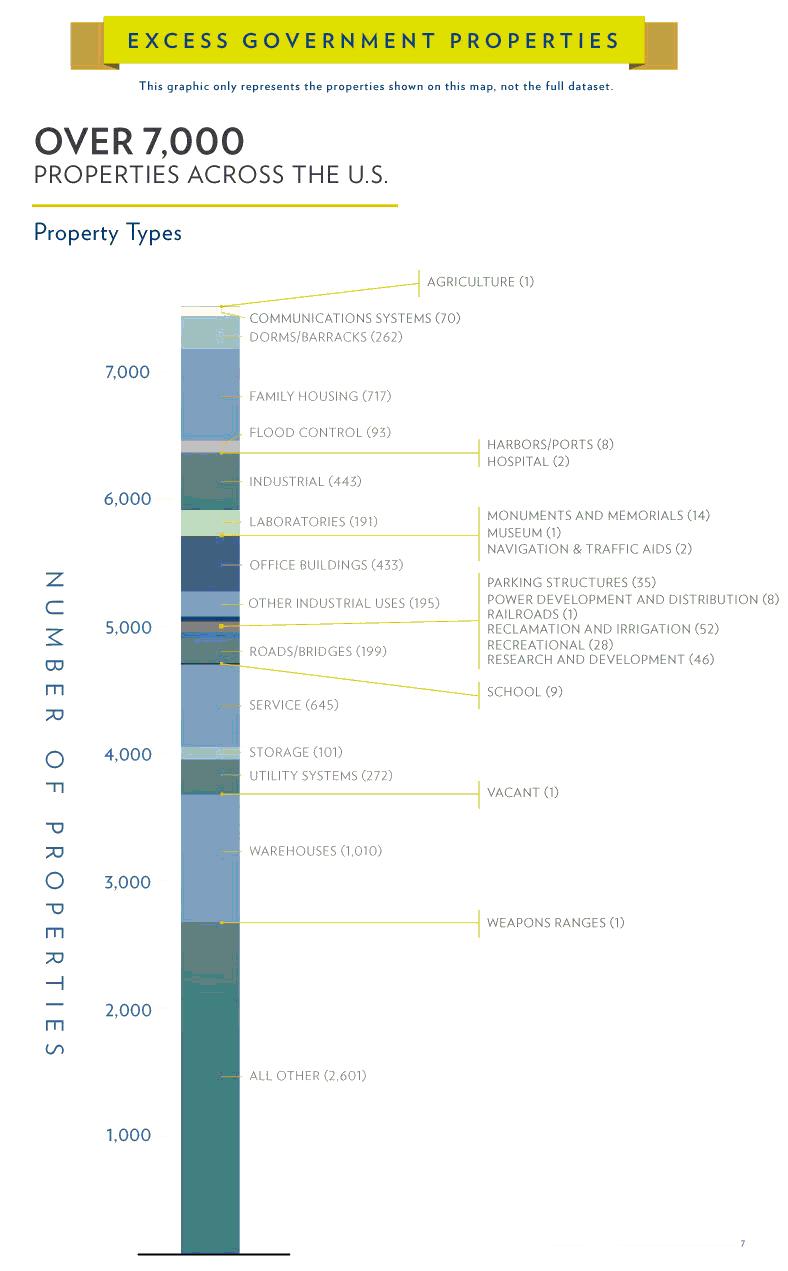Selling assets to meet liabilities; that is what people do when they have reached the end of their finances and are not credit worthy for a loan or do not want to further extend their financial liabilities. What a novel idea for the U.S. government that has a running budget deficit of $1.36 trillion and owns and manages more than 27 percent of the nation’s 2.3 billion acres.

The administration has put forth a proposal to Congress to create a new governing board that can expedite the sale of excess properties. The U.S. government currently operates and maintains at least 14,000 buildings and structures that are considered unnecessary, or ‘excess,’ most of them are vacant, and another 55,000 that are being underutilized. The ‘excess’ facilities exist in at least 47 states; four buildings are in my own hometown of Bozeman, Montana. You can see the excess properties in your neighborhood on the newly-available federal excess properties interactive map.
Matching government liabilities from these sales is a bit far-fetched. The three year estimate of savings from these sales, including revenues earned, barely reaches 1 percent of the current deficit. Setting precedent to purge excess and unnecessary lands, however, is a worthy goal in itself. It frees the land for private production and reduces government liabilities. It places the assets in hands that can better steward them.
Reducing these public land holdings is win-win. Creating a new government board to reduce red tape is another paradox.
Originally posted at Environmental Trends.



